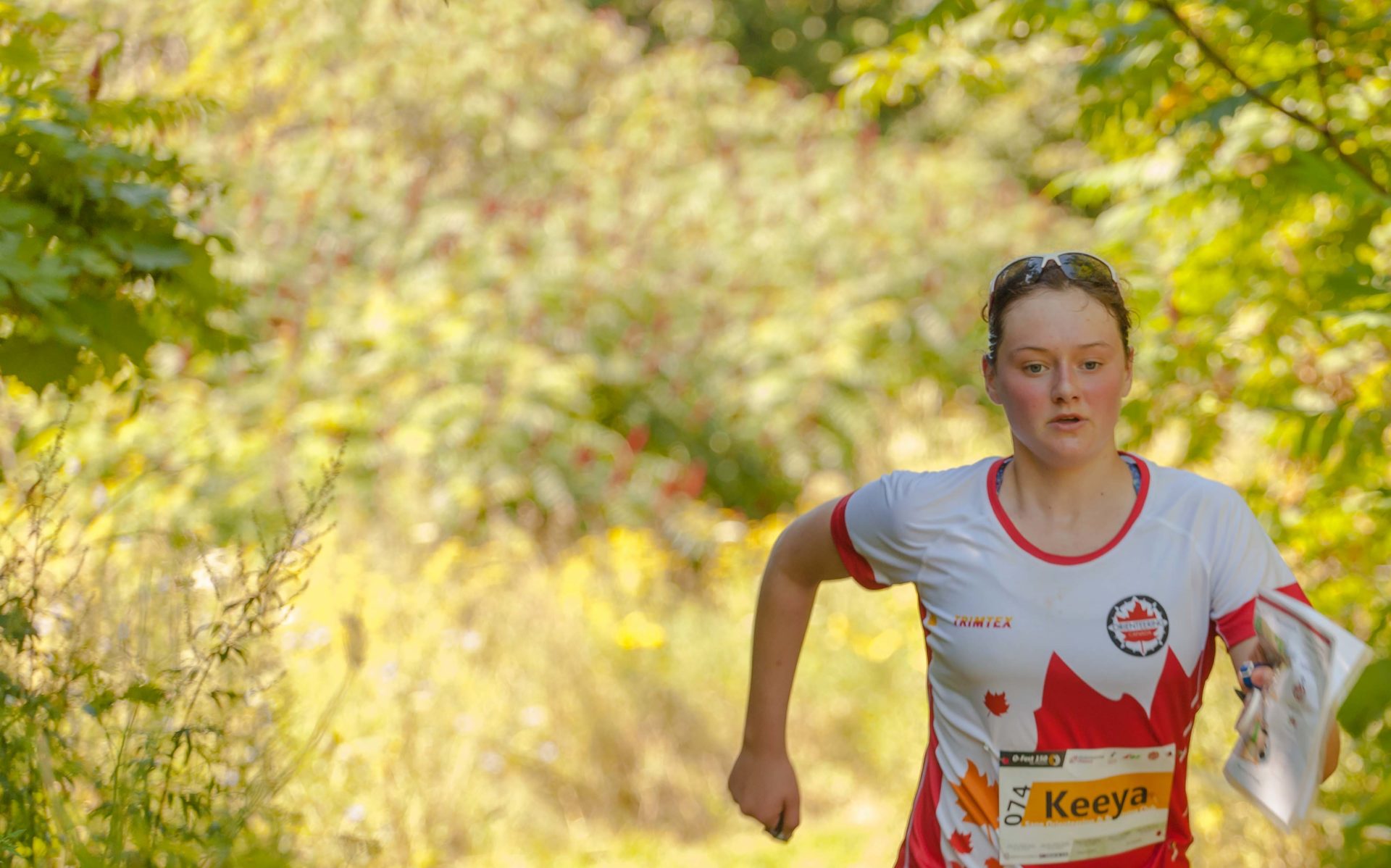Despite the remote location, COC/NAOC2018 was an especially large event, by Canadian standards, with >550 orienteers participating in one or both championships. The Yukon also has durable appeal as a tourist destination, both for Canucks and for the international community, so it is perhaps not surprising that orienteers from >20 different countries decided that this was the year to make the long trip to the Great White North. This combination of an abundance of competitors and a strong international contingent provided the ‘home crowd’ with a rare opportunity to compare their own performance with runners from many different corners of the globe. If you haven’t seen the official results, you can view them on the NAOC website here.
As many of you will be aware, national and regional championship events in Canada are expected to use the formal Canada Cup event structure, with all the competitive age classes, and ‘recommended winning times (RWT)’ for each class. It can be challenging for Canada Cup course planners to design courses that meet the RWT standard, particularly in classes with low participation rates, and this has generated a lot of discussion recently (notably, at the Orienteering Canada AGM). At the same time, much of this discussion tends to revolve around anecdotal observations, rather than hard data.
In the BC/Yukon region in 2018, four Canada Cup events were organized (BCOC2018, WCOC2018, COC2018 and NAOC2018), and while they differed greatly in terrain type, and competitor numbers, all four were considered to be very successful events. In this spreadsheet (PDF or XLSX), the results from the Long courses in the four events have been analyzed (separately), with a focus on two specific questions:
- How successful were the course planners for each event in designing courses that met the ‘Recommended Winning Time’ in each Canada Cup competition class?
- How many competitors within a given age class were able to complete their course within 200% of the RWT?
There are some interesting patterns in this data set, and perhaps they will help inform the on-going discussion of the future of our Canada Cup event model.
 Orienteering BC
Orienteering BC